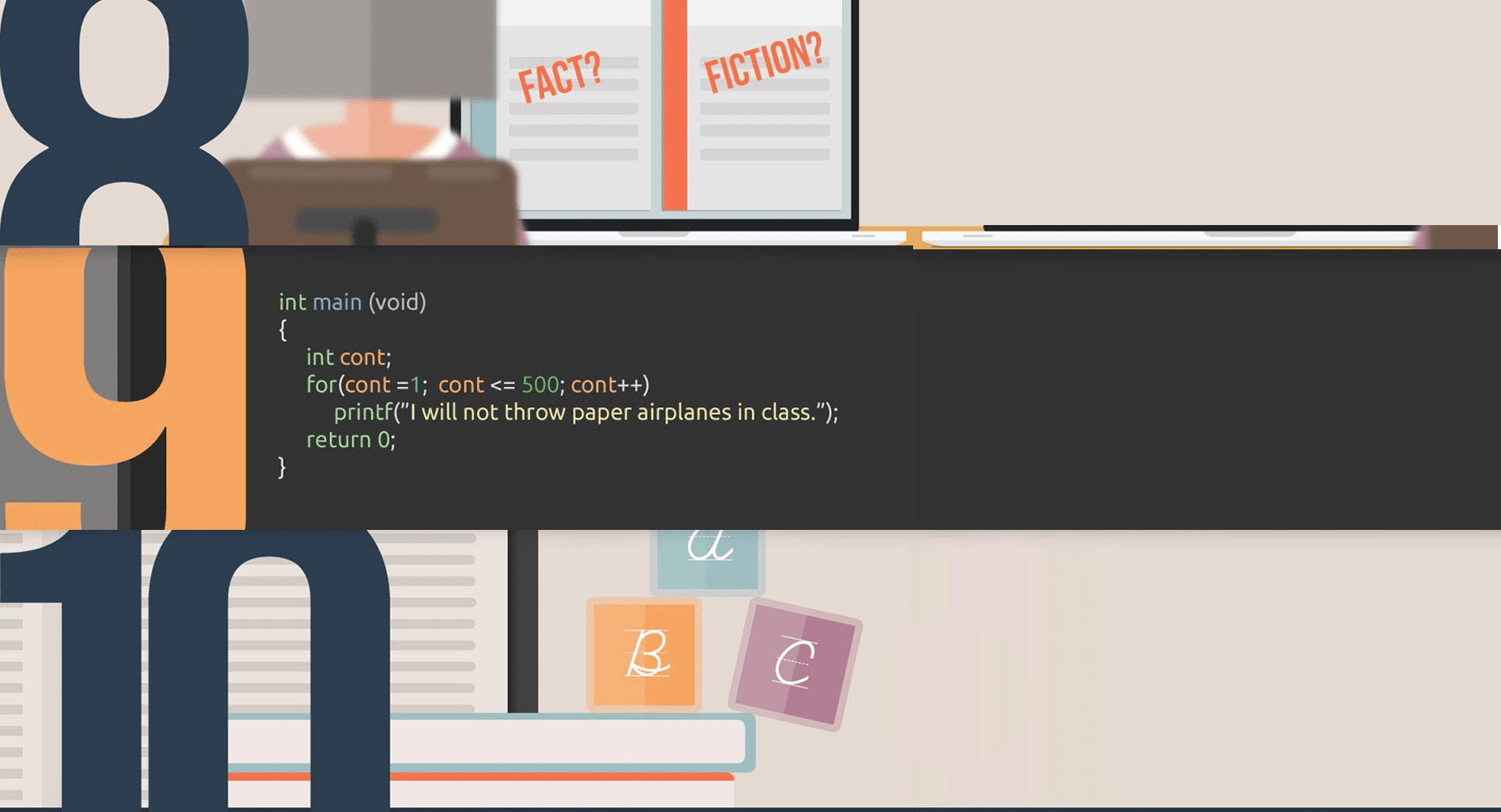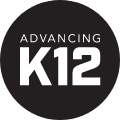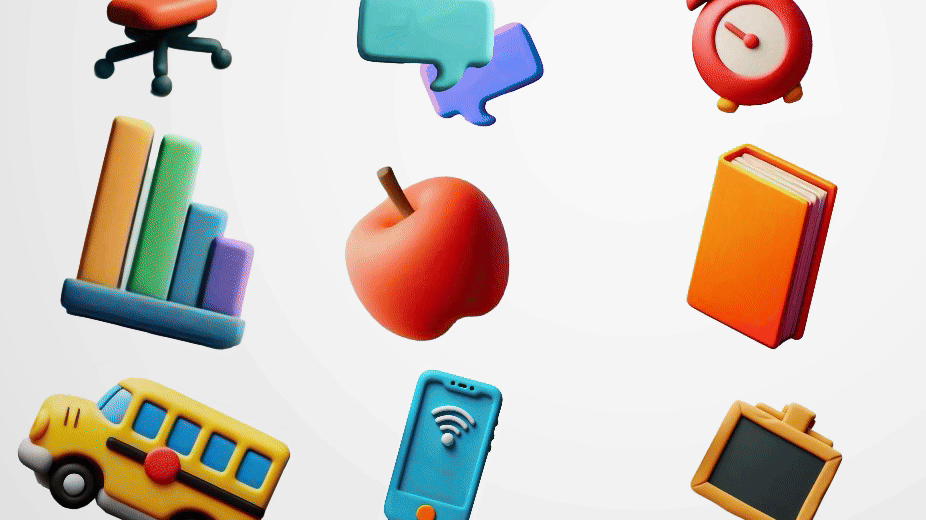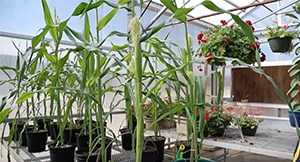
Literacy is complex.
Gone are the days when proficiency in reading, writing, and arithmetic made a solid foundation for young adults entering college or launching a career. The definition of literacy has stretched to include new methods of meaning-making, and K-12 needs to keep up. Let’s explore 10 top literacies in education today – some familiar, some fresh, all interrelated.
2. Media Literacy: Media creation and consumption is changing at a rapid pace. Someone who is “media literate” can adapt to new communication formats – whether that’s instant messaging, push notifications, wikis, online communities, blogs, or vlogs – and knows how to choose the most effective medium for communication in any given situation.
3. Visual Literacy: We take in more visual information than ever. The ability to comprehend – and to create – videos, photos, infographics, and other visuals has become essential for daily life and career success.
4. Data Literacy: With the right tools and training, it’s easier than ever for students, parents, teachers, school leaders, and school partners to make informed decisions. Whether this looks like a student taking charge of her own growth or a teacher pinpointing specific skills his students need to enhance, data literacy could lead to a sea change in education.
5. Game Literacy: It won’t be difficult to convince students of the merits of this unconventional new literacy. Online video games have been linked to above average scores in math, reading, and science, and some schools use games like Minecraft and SimCity to help kids develop fine motor skills, better navigation abilities, and problem-solving strategies. Gamification is on the rise, and students with this fluency will level up faster.
6. Health & Financial Literacy: No two literacies go hand-in-hand quite like these two. A strong financial position makes it easier to make healthy choices, and good health makes it possible to do the hard work necessary for financial stability. When it comes to health and financial literacy, simple rules of thumb (“spend less than you earn”) and just-in-time learning (a financial aid workshop for high school seniors) have a big impact.
7. Civic & Ethical Literacy: Civic and ethical literacy make up our second twosome. Civic literacy means understanding your rights and responsibilities as a citizen and being aware of opportunities & pathways for involvement. Ethical literacy gets at the subtleties – what do you do when core values conflict? These literacies empower people to participate and initiate change.
8. News Literacy: A little skepticism goes a long way. We learn the difference between fact and fiction at a young age, but in the digital world, it’s hard even for adults to be confident about what to believe. Rich news literacy learning experiences should be available to students throughout K-12, helping them learn not only how to find and read the news, but also how to think about it and evaluate it.
9. Coding & Computational Literacy: Few literacies are more hotly debated than coding literacy. No, not every kid will grow up to become a computer programmer, but each can benefit from learning to think about how a computer could help solve a problem – like how to unearth fire hydrants more efficiently after a snowfall (hint: write an app!). The ability to dream up a solution is just as valuable as the ability to code it.
10. Foundational Literacy: This is literacy as you might traditionally understand it: reading, writing, and meaning-making. No matter how far we stretch the definition of literacy, these foundational skills – particularly those gained in the early years – are still the building blocks upon which other skills can develop.

There you have it – 10 of the top literacies in education today. How’s your district doing? What systems do you have in place to ensure growth in each of these areas?
Did we miss an essential literacy? Let us know in the comments below!
WHAT'S NEXT FOR YOUR EDTECH? The right combo of tools & support retains staff and serves students better. We'd love to help. Visit skyward.com/get-started to learn more.

|
Advancing K12 Staff Edtech Thought Leaders |




